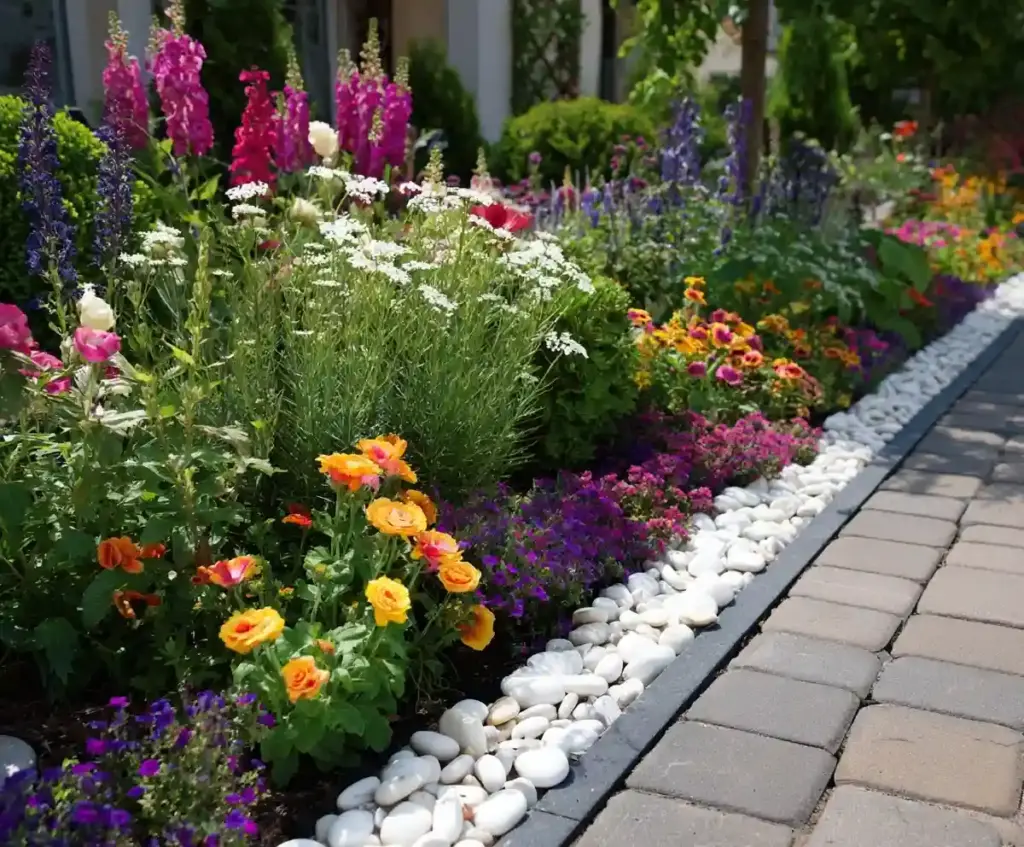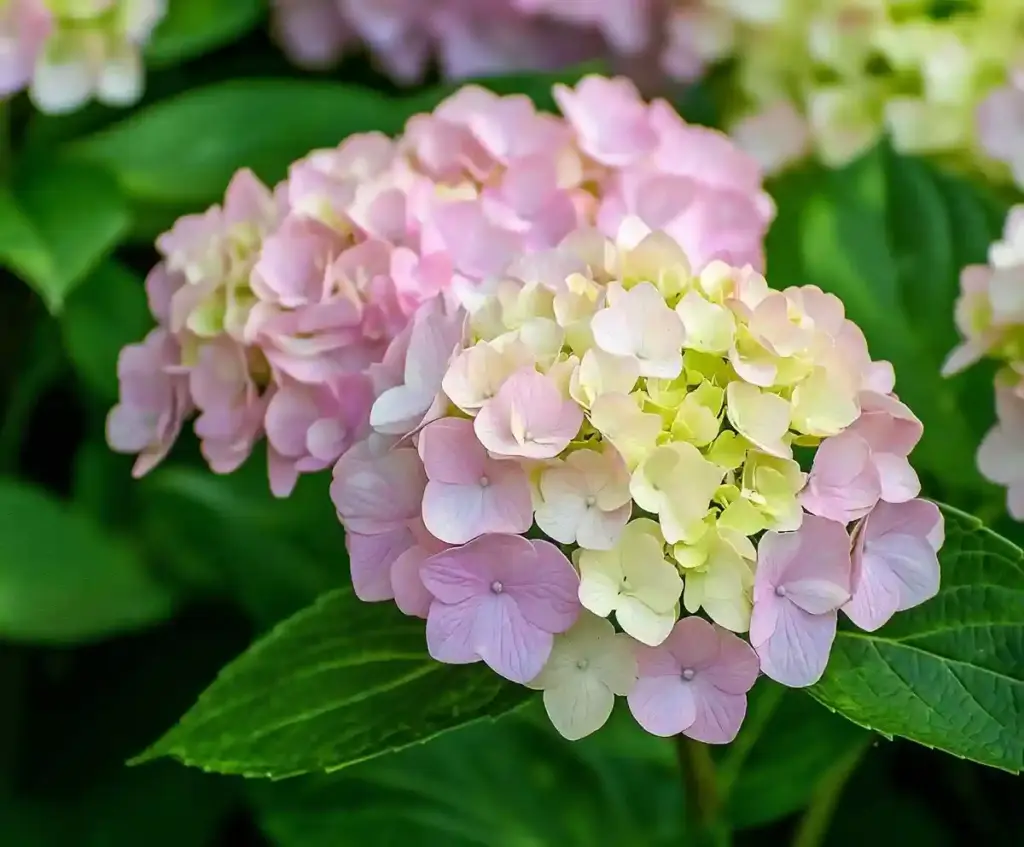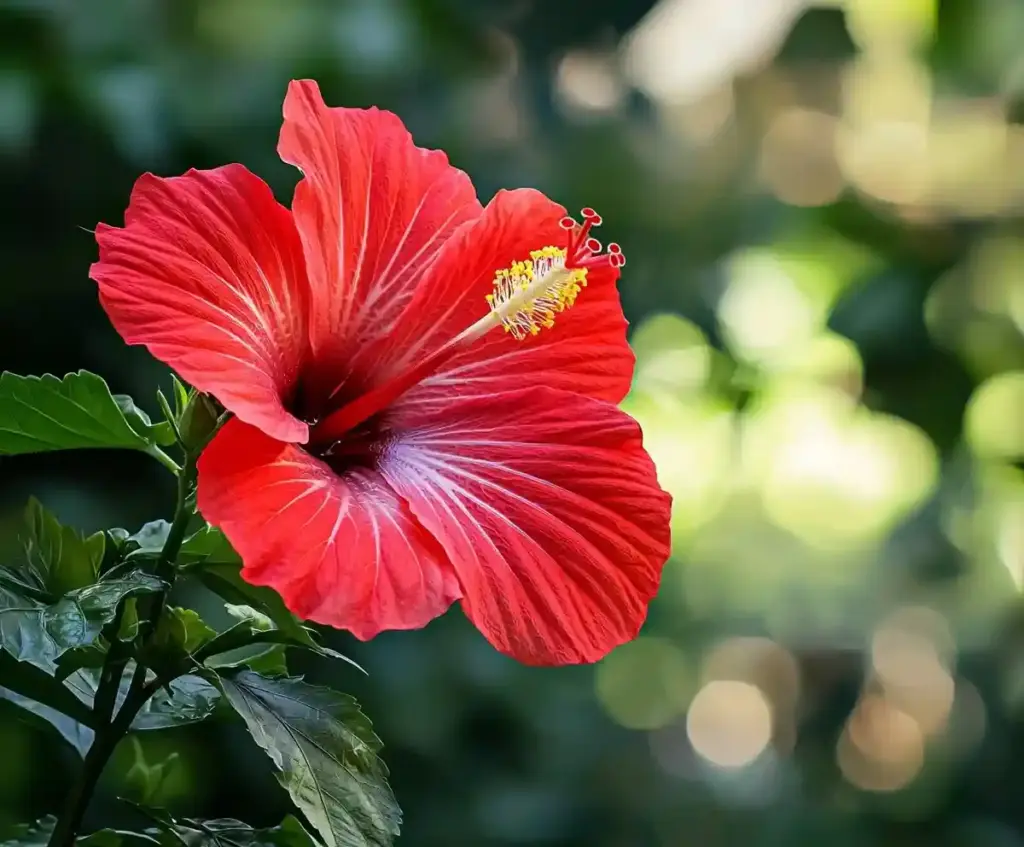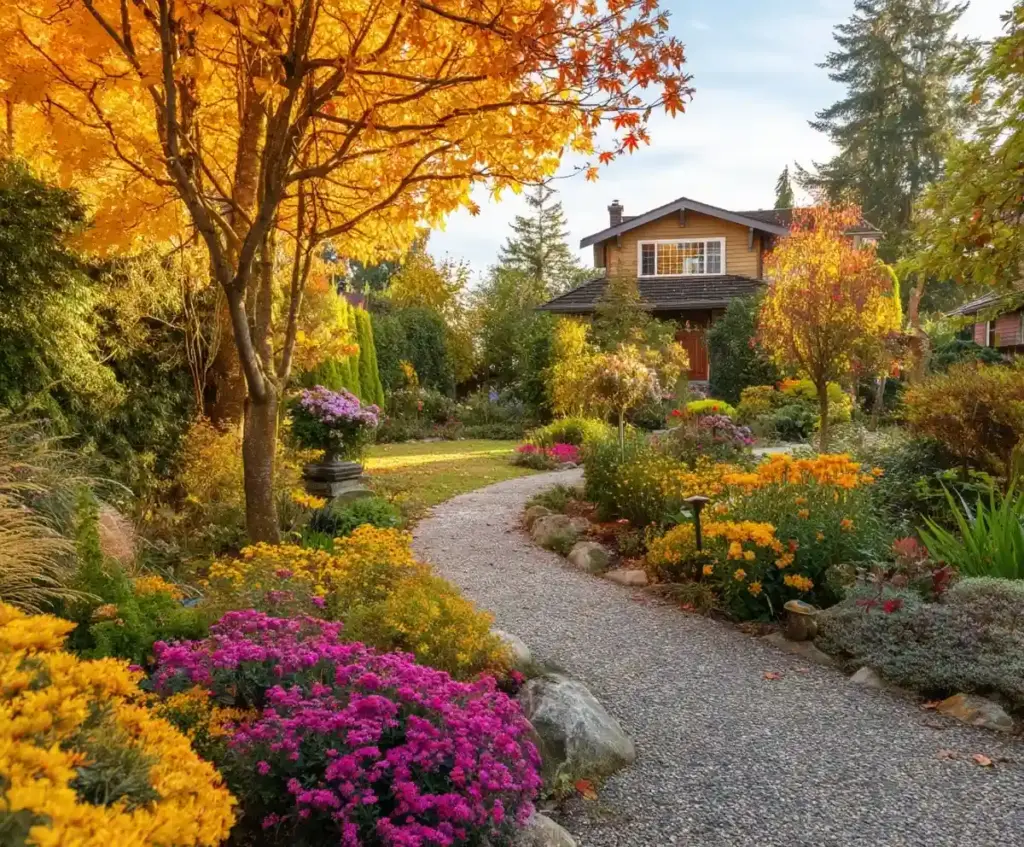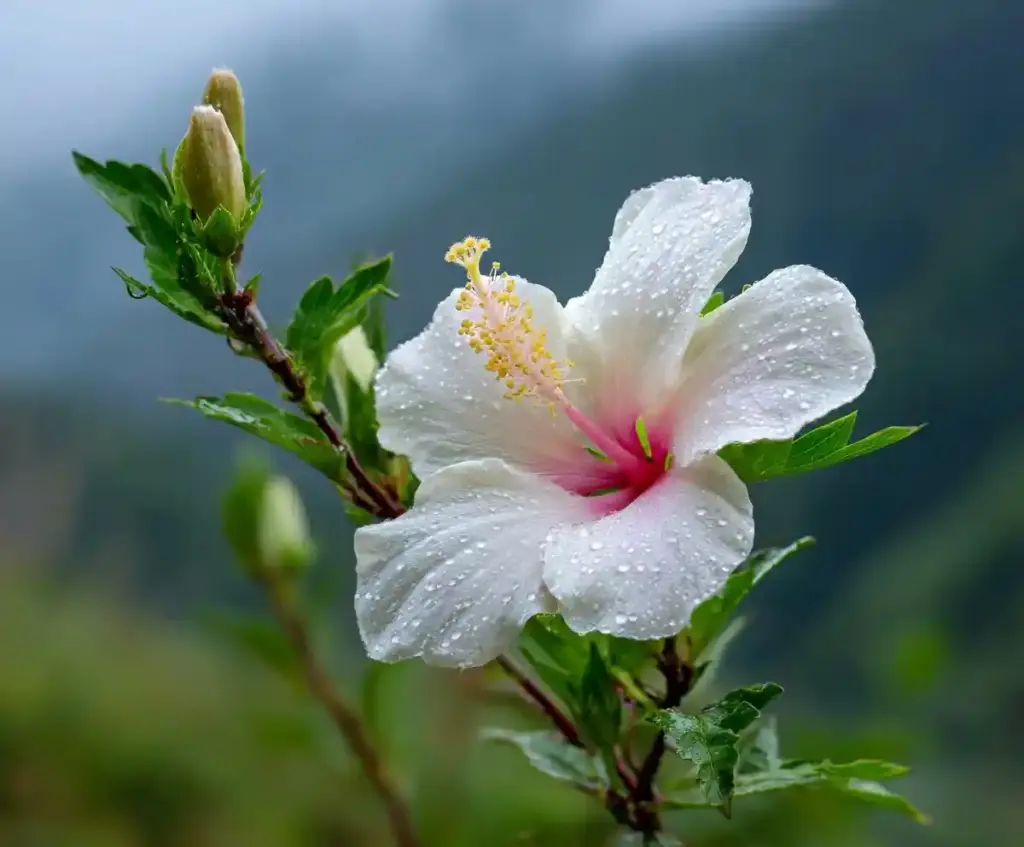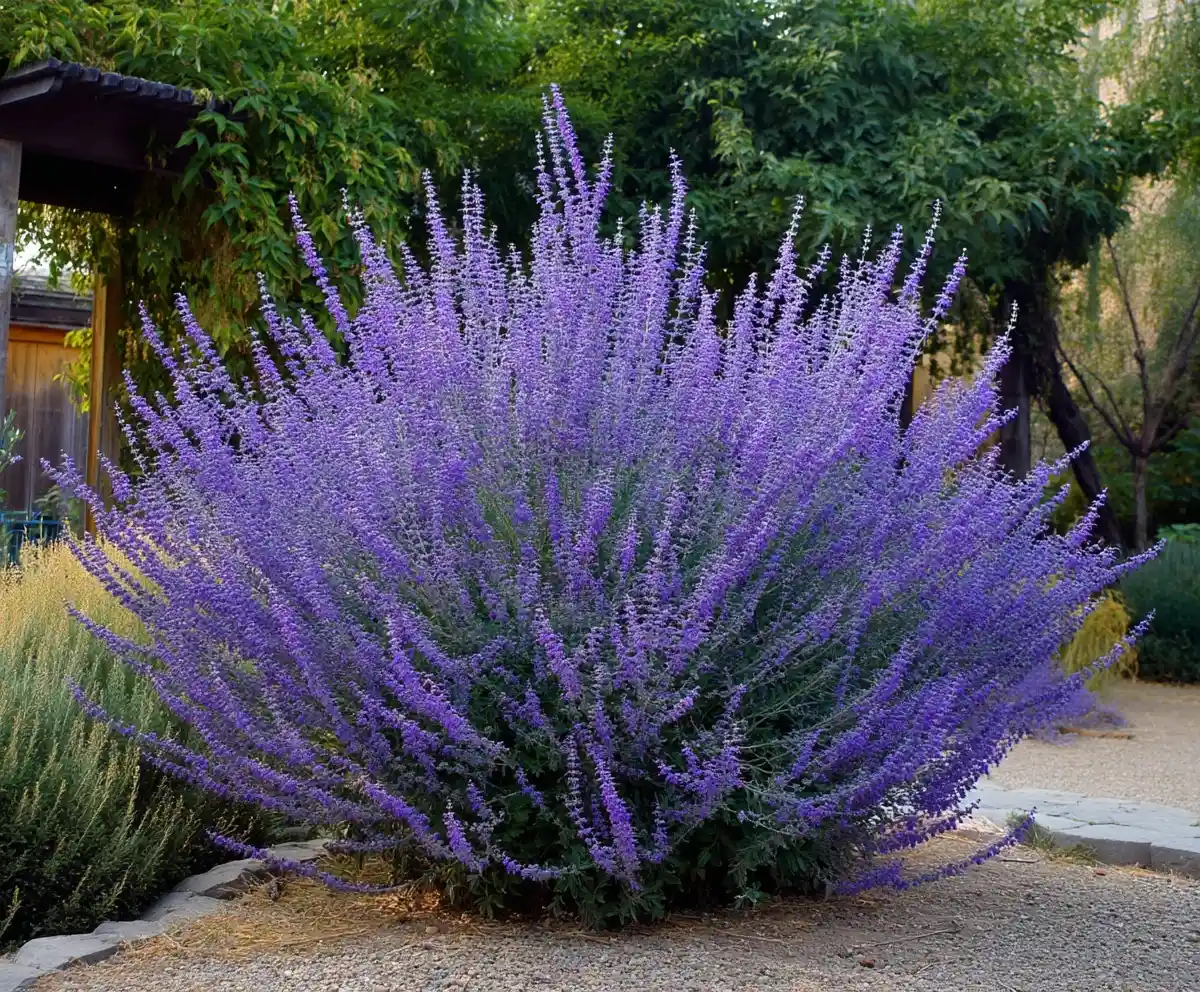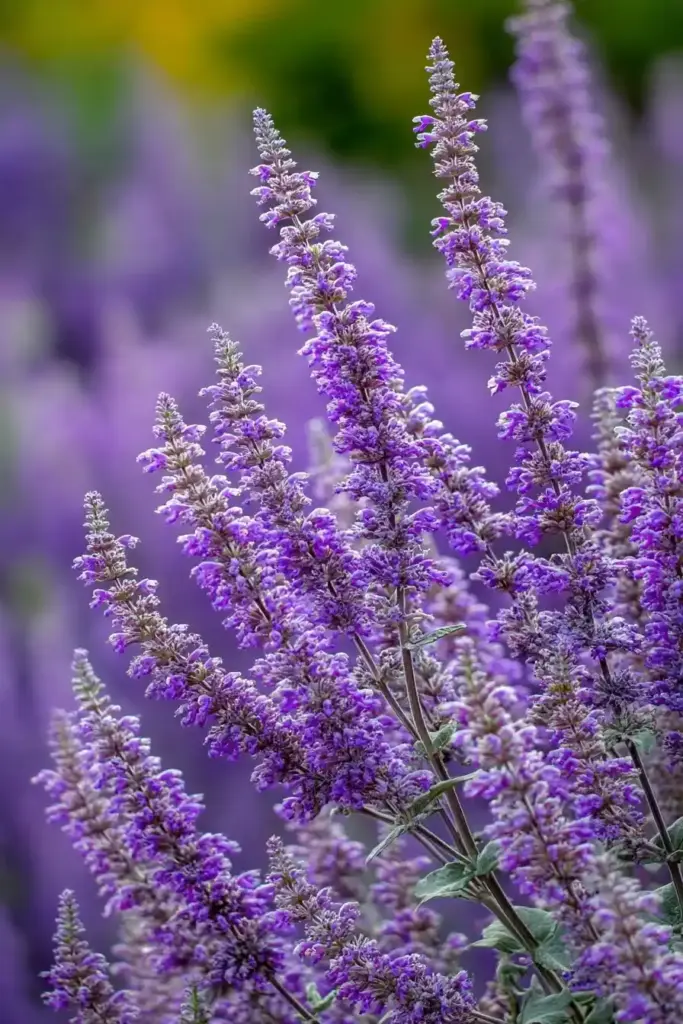Looking for a hardy, heat-loving plant that thrives in full sun and delivers long-lasting color? Russian Sage might just be the perfect fit. With its silvery foliage and tall, airy lavender-blue blooms, this perennial adds elegance, structure, and softness to any garden — and it’s surprisingly easy to grow once you understand its quirks.
Russian Sage (Perovskia atriplicifolia) is drought-tolerant, deer-resistant, and a magnet for bees, butterflies, and hummingbirds. While it can be a bit tricky at first due to its vigorous nature and tendency to sprawl, the right care and pruning approach make it a low-maintenance favorite for borders, xeriscapes, and pollinator gardens alike.
In this article, we’ll walk you through everything you need to know — from propagation tips and planting techniques to pruning, transplanting, and creative ways to use Russian Sage in your landscape.
Table of Contents
What You’ll Need to Grow Russian Sage
Before planting Russian Sage, gather the essentials to ensure healthy growth and long-lasting blooms.
🧰 Tools & Materials:
- Russian Sage plants or cuttings
- Garden shovel or hand trowel
- Pruning shears
- Compost or well-draining soil mix
- Mulch (optional)
- Stakes or string (to support floppy stems if needed)
- Garden gloves (the stems can be a bit woody)
🌿 Tip: Russian Sage loves full sun and doesn’t mind tough conditions — don’t overthink the soil as long as it drains well!
Step-by-Step: How to Grow
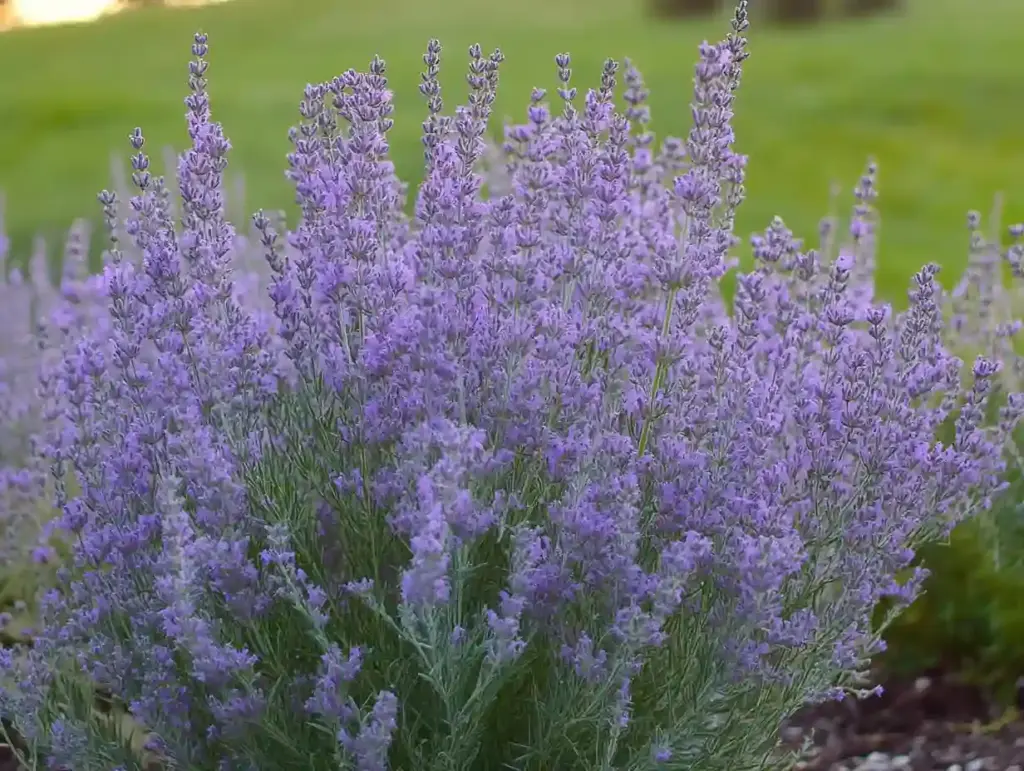
1️⃣ Choose the Right Spot
Russian Sage thrives in full sun — aim for 6–8 hours of direct light daily. It’s perfect for hot, dry spots where other plants struggle. Avoid planting it too close to aggressive or spreading plants, but don’t isolate it completely — it looks great in mixed borders!
2️⃣ Prepare the Soil
- Russian Sage prefers well-drained soil. Sandy or slightly rocky soil is ideal.
- Avoid rich, heavy soils that hold too much moisture.
- If needed, mix in compost or grit/perlite to improve drainage.
3️⃣ Planting
- Plant in spring after the last frost, or up to 6 weeks before the first frost in fall.
- Space plants about 2 to 3 feet apart, as they can spread.
- Dig a hole slightly larger than the root ball and plant at the same depth it was growing in its container.
4️⃣ Watering
- Water well after planting to help roots establish.
- Once established, reduce watering — Russian Sage is drought-tolerant and prefers dry conditions.
- Overwatering can lead to root rot, especially in heavy soils.
5️⃣ Support & Maintenance
- Use stakes or string to gently support sprawling stems.
- Russian Sage can grow up to 4–5 feet tall, so some structure may help if you’re in a windy area or have fertile soil that causes it to flop.
6️⃣ Propagation by Cuttings
One of the easiest ways to grow more Russian Sage is by taking stem cuttings:
- Take 4–6 inch softwood cuttings in early summer.
- Strip the lower leaves and place in moist soil or water until roots develop.
- Transplant when roots are strong.
Pruning, Transplanting & Landscape Uses for Russian Sage
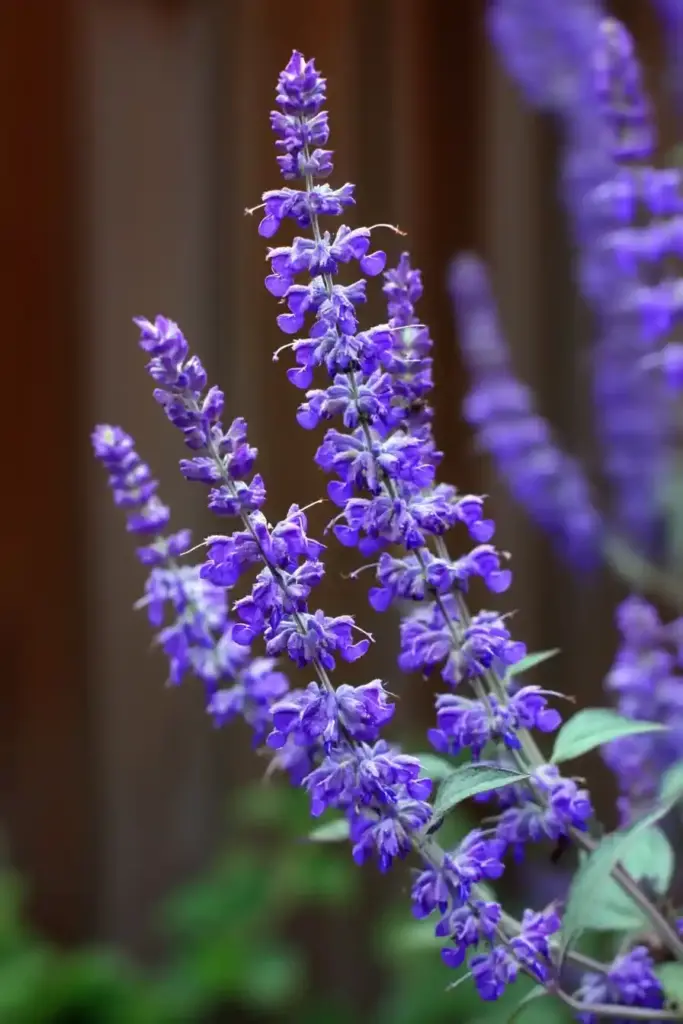
Mastering the art of pruning and placement can turn Russian Sage from a floppy mess into a garden showstopper. Here’s how to care for it long-term and make the most of its airy beauty.
✂️ How to Prune Russian Sage
Pruning is essential to keep Russian Sage looking full and fresh instead of leggy or overgrown.
When to Prune:
- Early spring is the best time.
- Wait until new green growth appears at the base, then cut back last year’s stems to about 12–18 inches tall.
Why prune?
- Encourages compact, bushier growth.
- Keeps the plant from sprawling or becoming woody and thin.
🌿 Bonus: Leave the dried flower stems over winter for visual interest and to feed pollinators!
🌱 Transplanting Russian Sage
While not impossible, transplanting mature Russian Sage requires care.
Steps:
- Dig a wide perimeter around the plant to keep as much of the root ball as possible.
- Transplant in early spring, before major growth begins.
- Water thoroughly, but reduce frequency as the plant adjusts.
- Expect a bit of transplant shock — yellowing or slow growth is normal at first.
Give it time and space — it will bounce back.
🌸 Creative Ways to Use Russian Sage in Your Garden
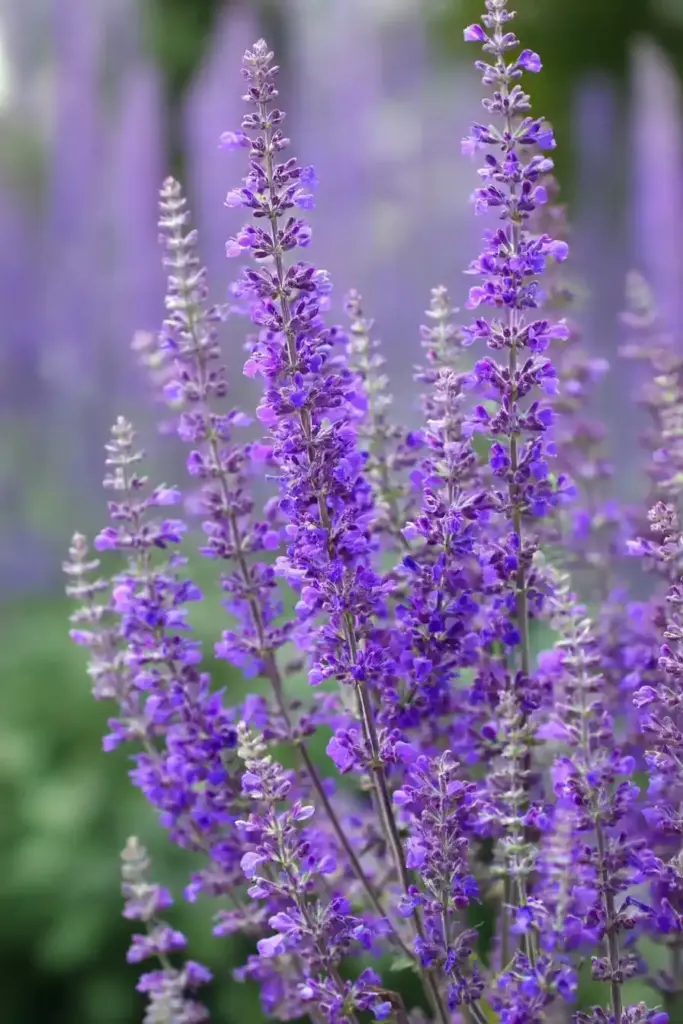
Russian Sage isn’t just a filler — it’s a feature. Here’s how to make the most of its color, texture, and pollinator appeal:
1. Pollinator Gardens
Its lavender-blue flowers are irresistible to bees, butterflies, and hummingbirds. Plant it alongside coneflowers, salvia, or yarrow.
2. Xeriscapes & Drought-Tolerant Beds
Pair with other tough plants like sedum, lavender, or ornamental grasses for low-water landscapes.
3. Cottage or Meadow-Style Gardens
Use in drifts or clumps to create a soft, romantic effect that sways in the breeze.
4. Container Accents
Yes, you can grow Russian Sage in large containers! Just ensure good drainage and room for its deep roots.
5. Back-of-Border Drama
With its height (up to 5 feet!), it makes a lovely backdrop for lower-growing summer bloomers like marigolds or begonias.
🦋 Bonus: It’s deer- and rabbit-resistant, making it great for exposed gardens.
Frequently Asked Questions (FAQ)
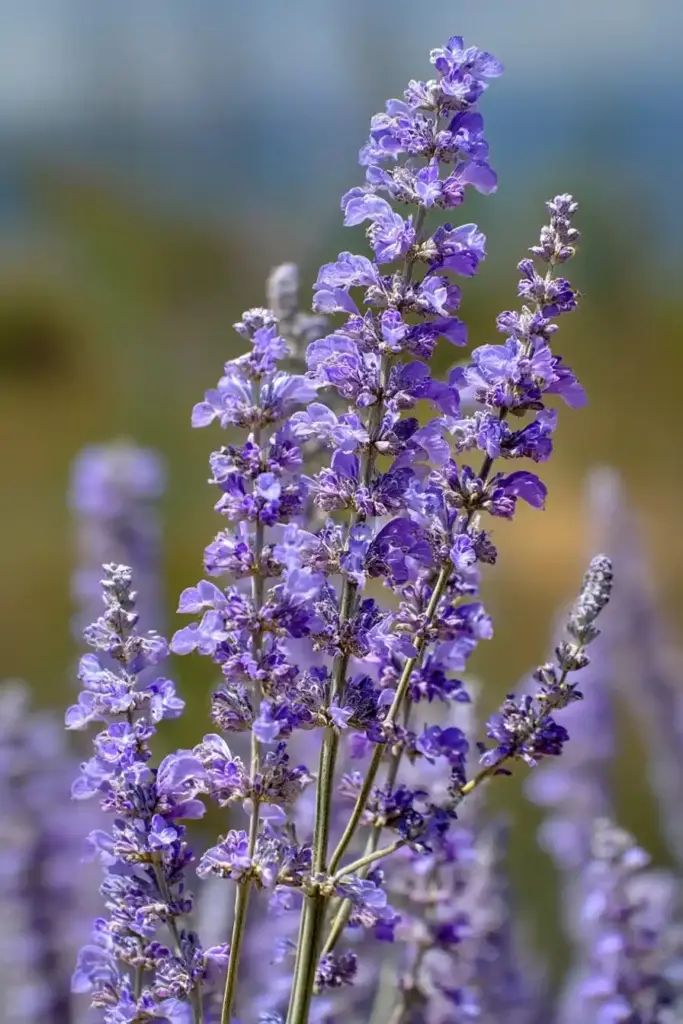
🌞 Does Russian Sage need full sun?
Yes — Russian Sage thrives in full sun, with at least 6–8 hours of direct sunlight daily. Less sun = fewer blooms and leggy, floppy stems. For best results, plant it in an open area that gets sunlight most of the day.
💧 How often should I water Russian Sage?
Only moderately, and even less once established. It’s drought-tolerant, and too much water can lead to root rot. Water young plants regularly during the first season, then cut back.
✂️ Can I prune Russian Sage in fall?
You can, but it’s better to prune in early spring once new growth appears. Leaving the stems over winter adds texture and helps protect the plant.
🌱 Will Russian Sage spread?
Yes — it can spread over time through underground roots and reseeding. While not aggressive, it may need occasional thinning or dividing to keep it in check.
🌸 Can I grow Russian Sage from cuttings?
Absolutely! Take softwood cuttings in early summer and root them in water or moist soil. It’s a simple way to multiply your plants and fill your garden for free.
Final Thoughts
Russian Sage is a dream for gardeners who want effortless beauty, pollinator appeal, and low-maintenance performance. Whether you’re dealing with dry soil, intense heat, or browsing deer — this plant shows up and shows off with long-blooming spikes of lavender-blue color.
With just a little pruning and the right spot, Russian Sage adds height, texture, and airiness to borders, containers, or wildflower gardens. Plus, it pairs beautifully with everything from bold blooms to grasses.
So, if you’re looking for a plant that’s as tough as it is graceful — Russian Sage is calling. 🌿
👉 Ready to get planting? Share your favorite ways to use Russian Sage or tag us in your garden photos — we’d love to see your space in bloom!
🌿 Love gardening inspiration? Follow me on Pinterest for bold plant ideas, tips, and seasonal color!
More Posts
